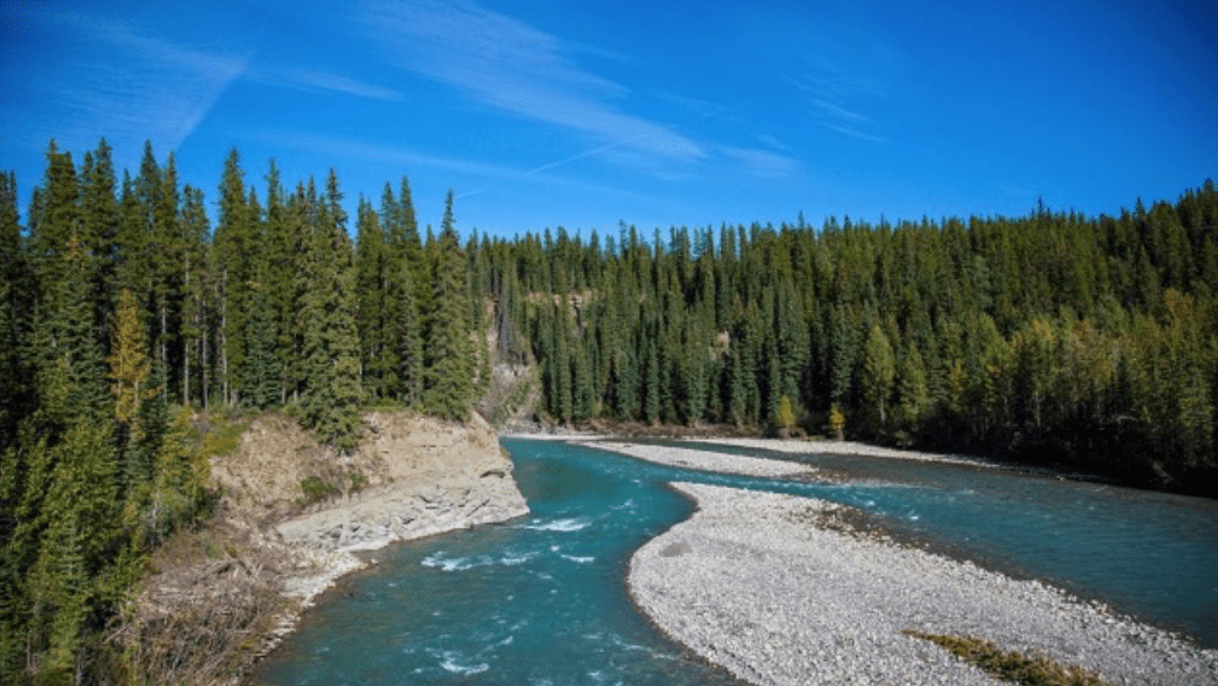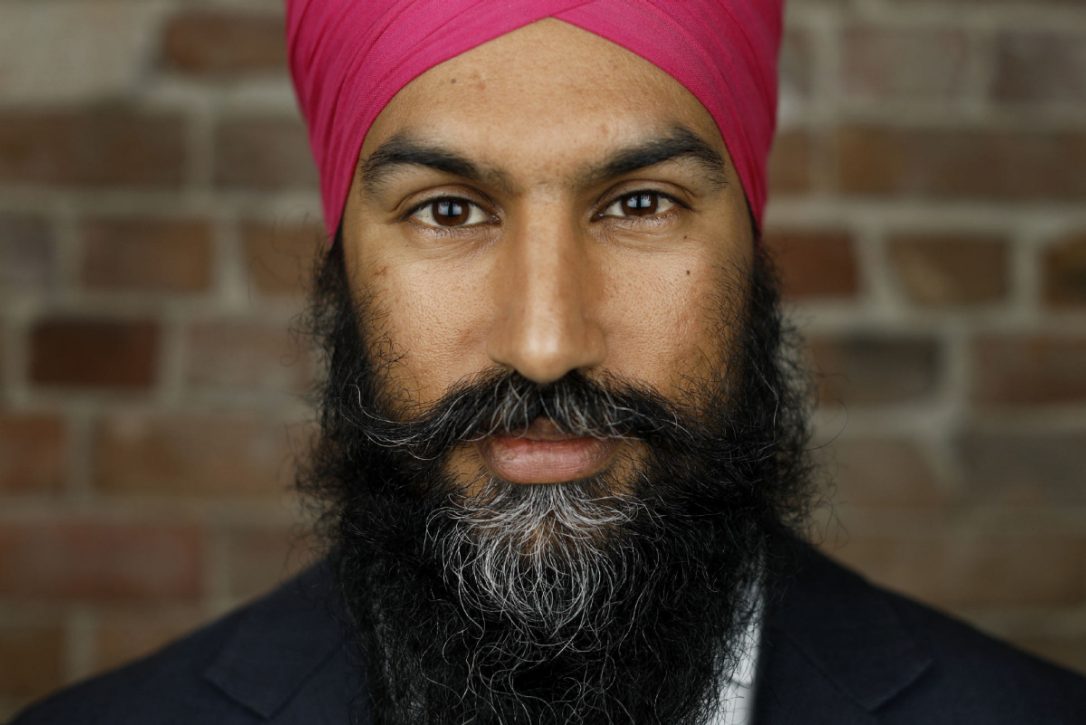The Alberta government cancelled public consultations over contentious park development in the central west foothills because of incidents of harassment and intimidation last week.
"We can't necessarily guarantee the safety of the public given the content that has been shared with us," Environment Minister Sharon Phillips said, adding she had consulted with the RCMP and security officials.
From outside Alberta, this looks similar to media reports of fringe elements in the provincial version of the yellow vest movement that are trying to broaden the pro-pipeline movement into far right anti-immigration, anti-UN territory, anti-Trudeau territory.
Even something as apple-pie-and-motherhood as the conservation of the Bighorn backcountry is sparking threats to public safety? Has all of Alberta tipped off the edge into extremist territory? Are there riots happening in the town halls of Rocky Mountain House and Drayton Valley? Hooligans attacking park supporters in the local coffee shops?
Nope. The Bighorn debate, although it reveals central themes of Alberta politics including libertarianism, jobs over environment, and property rights, is not a surrogate for the marginal rightwing.
It is true passions are running high in the hinterland and the level of discourse may have wandered into abuse, as the minister suggests. People attending the public meetings before the shutdown were vocal, and many are against the Bighorn proposal, which would create four provincial parks and four recreation areas in Bighorn Country, a sensitive area of Alberta's backcountry.
But there has been no actual violence reported. And by midweek, Phillips was tweeting that the public meetings may be rescheduled if public safety can be ensured.
Most of the comments on social media focus on the actual issue of conservation and public use of the Bighorn, steering clear of adding in a grab-bag of other political hobbyhorses.
But the growing protest movement reveals a deep distrust of the current Alberta government. The protesters claim their issue is with a flawed consultation process, that the government is trying to rush the creation of these parks as an election ploy; that the voices of residents in the rural west are being stilled; and detail of the what is actually planned in terms of level of conservation and regulations is not being revealed.
Proponents of the park point out the information on what the government is proposing is available, in quite a bit of detail, online. Bighorn conservation has been on the government books as a goal from well before the NDP were elected.
Even without public meetings, there will be telephone town halls, an online survey and the time for submissions has been extended into February.
But there's really no substitute for the old fashioned but still popular chance to vent one's spleen in a public forum.
Leading the charge against the park's progress is Jason Nixon, UCP MLA for Rimbey-Rocky Mountain House-Sundre. He argues it would take another year to get enough comment and the NDP is avoiding questions about how the park will affect forestry and the oil and gas industry in the area.
Nixon denies there has been any bullying at meetings.
Off-road vehicle groups have expressed outrage about the Bighorn plan, despite assurances from the government that "designated" off-road trails will continue to be useable. They want unfettered access to the backcountry and they don't want any fancy amenities like formal campgrounds and interpretive centres.
Callers to online radio shows are incensed about the possibility that the Bighorn will become like Banff, drawing foreign tourists, elevated prices and regulations about fishing and hunting and tearing up the trails.
The Bighorn is the poster child for the division in Alberta between urban and rural; environmentalists and free marketeers; those who favour some level of government regulation of public land use and those who favour unregulated access for all types of recreation and industry.
That divide doesn't run strictly on party lines. One of the most impassioned supporters of creating a Kananaskis-type conservation area in the Bighorn area is Joe Lougheed, son of Peter Lougheed, and not a vocal supporter of the NDP.
But the anger that is bubbling up over the consultation process is directed specifically at the NDP, which many Bighorn opponents fear has a hidden agenda to snatch away their rights.
The timing of this current dustup is particularly bad for the NDP government, which has let the process get away from it. The chances of the Bighorn proceeding are growing dim, given the proximity to the provincial election.
And piled on top of media reports about the Alberta yellow-vest protesters verging into radicalism, the spectre of bullying and intimidation over a park tarnishes the province's image in general.








